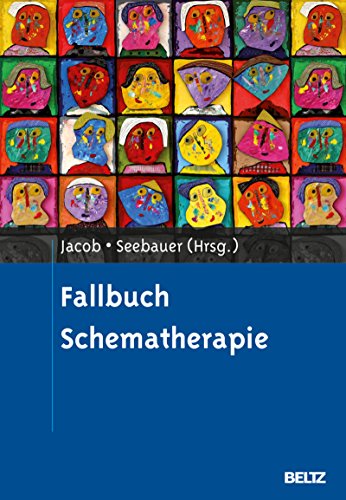Books for Therapists on Schema Therapy
If performed correctly, schema therapy can be extremely advantageous to a patient. Having drawn from a number of different therapy modalities, such as gestalt and behavioral, this practice combines some of the best features of these approaches and creates an innovative and effective tool. The volumes listed in this section provide a complete and detailed look into how schema therapy works and the step-by-step implementation of it.
To keep this site running, we are an Amazon Associate where we earn from qualifying purchases. While these links are amazon affiliate links, the selection of books remains accurate and unbiased.
“Schema Therapy” by Young, Klosko and Weishaar

Schema Therapy: A Practitioner’s Guide is a crucial book to the understanding and implementation of schema therapy. The book is designed to give the reader a deep understanding of this famous approach that mixes cognitive-behavioral therapy with other well-known practices. By reading it, therapists everywhere will learn in detail how to work with a patient’s history and identity while exercising individualized schema therapy techniques.
Want a resource for every situation? We’ve got you covered.
There’s a huge amount of resources for therapists out there. We’ve made a resource for any topic between starting a practice to dealing with a patient problem. Inside you will find books, podcasts, TED talks, worksheets and forums. Sounds like it can help you now or in the future? Simply enter your email and it’ll be in your inbox for you to use!
“Fallbuch Schematherapie” von Jacob und Seebauer

This book introduces case studies in topic of schema therapy. With schema therapy, it is possible to treat a wide range of mental disorders: narcissistic or borderline personality disorders, eating disorders, obsessive-compulsive disorder, or depression. In 29 example cases, well-known and experienced schema therapists show how schema therapy can work. They demonstrate both similarities and individual differences between the cases and the approach of different therapists. The therapist should always keep an eye on the individual characteristics, resources and living conditions of the patients and integrate them into the treatment in such a way that they can benefit as much as possible.
“Schematherapie bei Essstörungen” von Archonti, Roediger, de Zwaan

Eating disorders are one of the most common mental illnesses and are often difficult to treat with conventional psychotherapeutic methods. The authors transfer the schematic therapeutic approach to the treatment of patients with eating disorders. The editors are experts in both schema therapy and the treatment of eating disorders. Both anorexia and bulimia as well as the binge eating disorder are taken into account in this manual. In addition to an overview of the current state of knowledge in the treatment of eating disorders, the focus of schema therapy in this area is placed on methods that activate emotions and experiences, imagination and reparenting.
Looking for other books or resources?
Check out the ones below, or click below to download all of the resources we have!